Lira Gallery Rome
Stano Filko, Kiki Kogelnik
December 1, 2015 – January 17, 2016
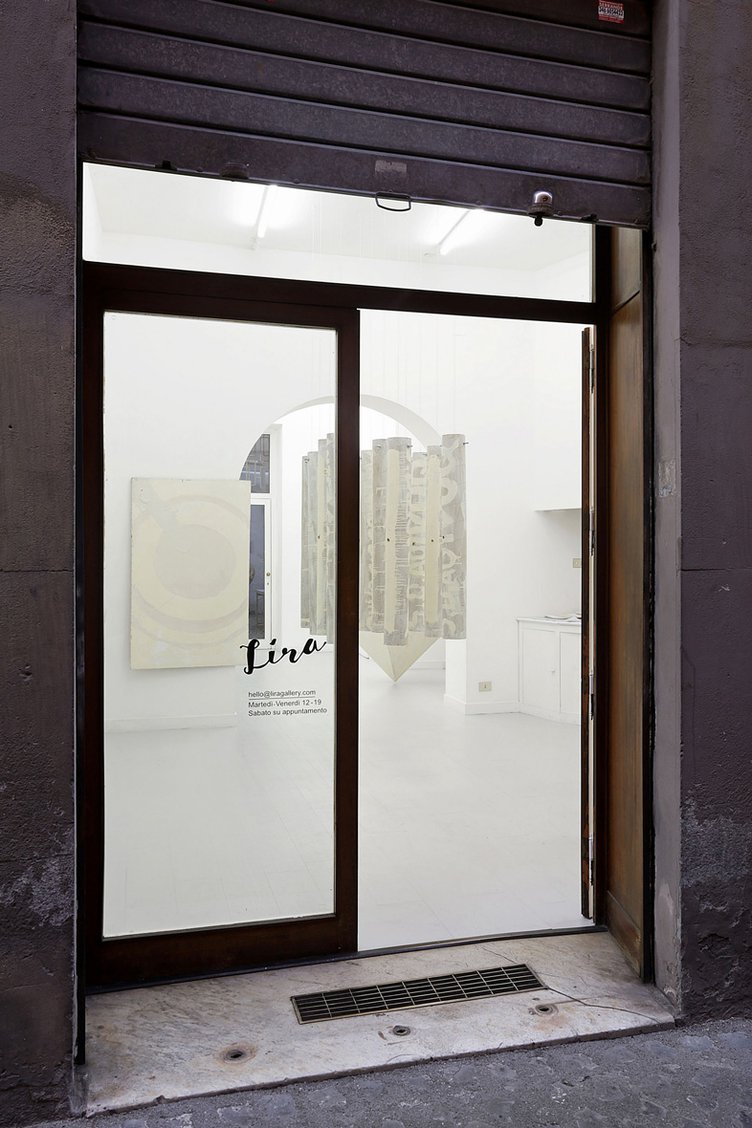
Stano Filko, Kiki Kogelnik, 2015
Installation view
Lira Gallery, Rome
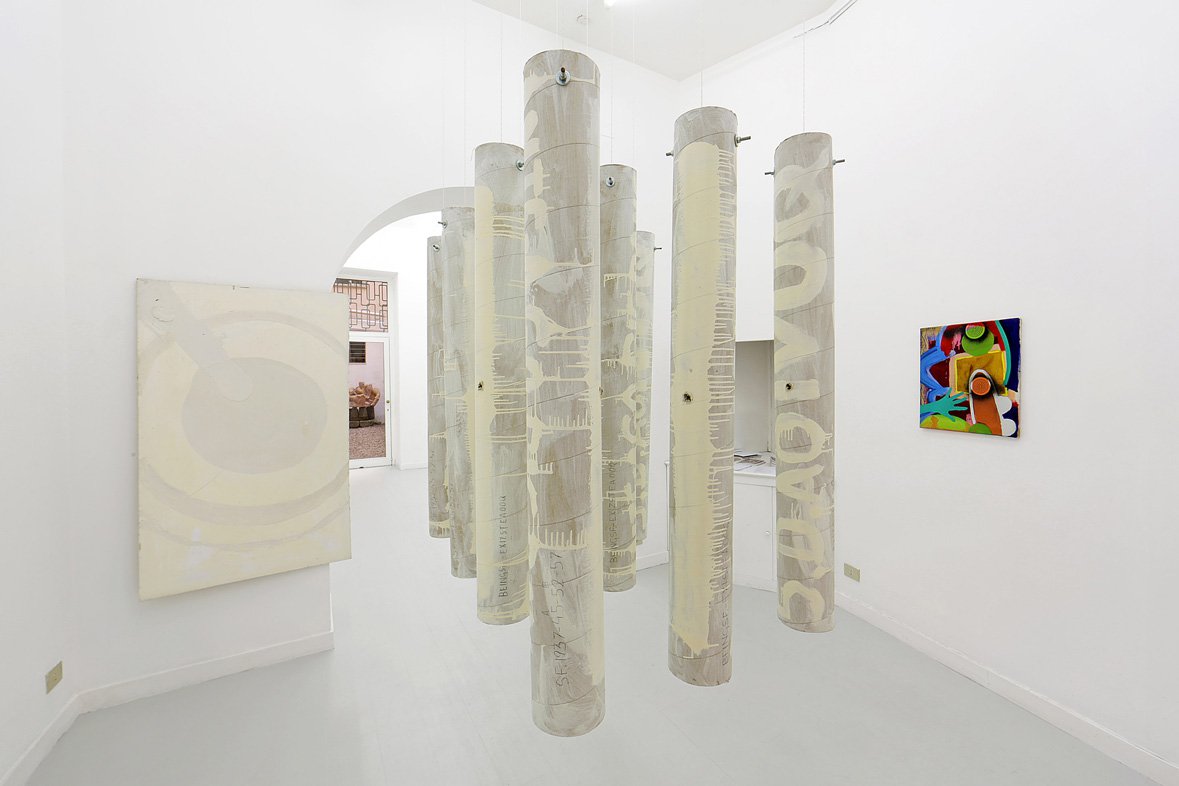
Stano Filko, Kiki Kogelnik, 2015
Installation view
Lira Gallery, Rome
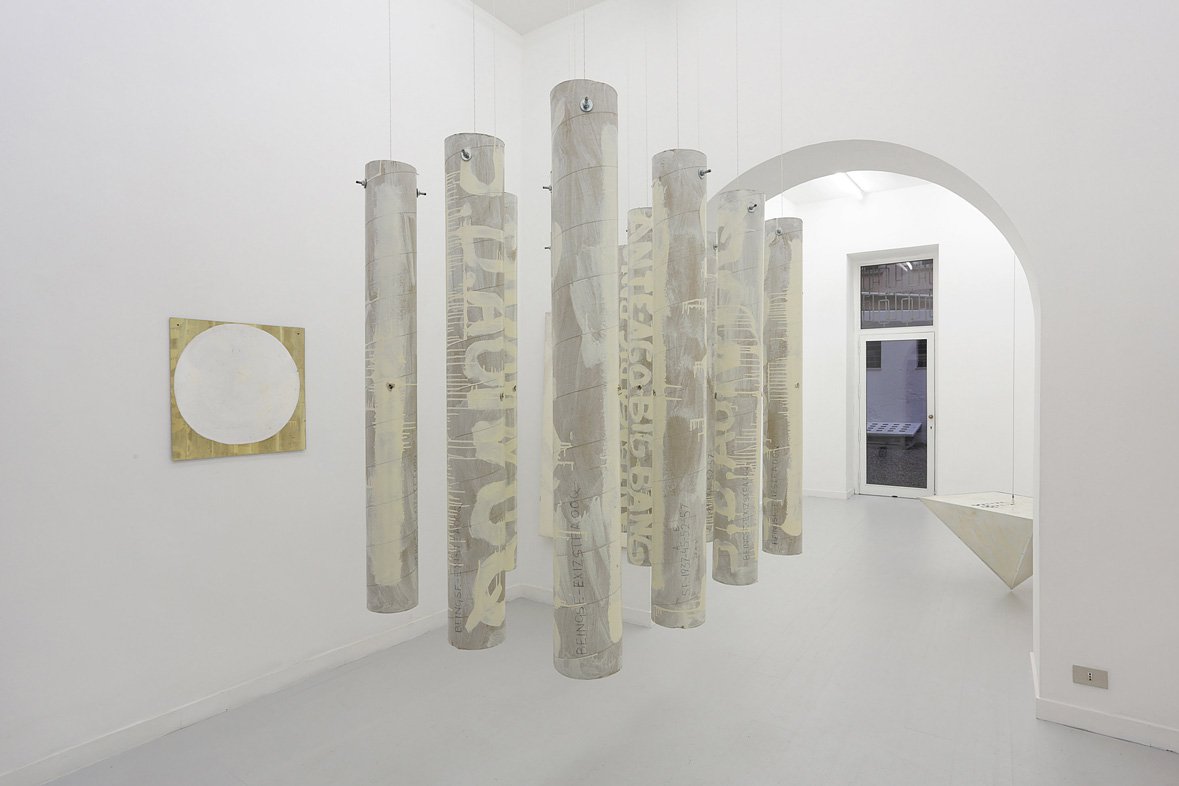
Stano Filko, Kiki Kogelnik, 2015
Installation view
Lira Gallery, Rome
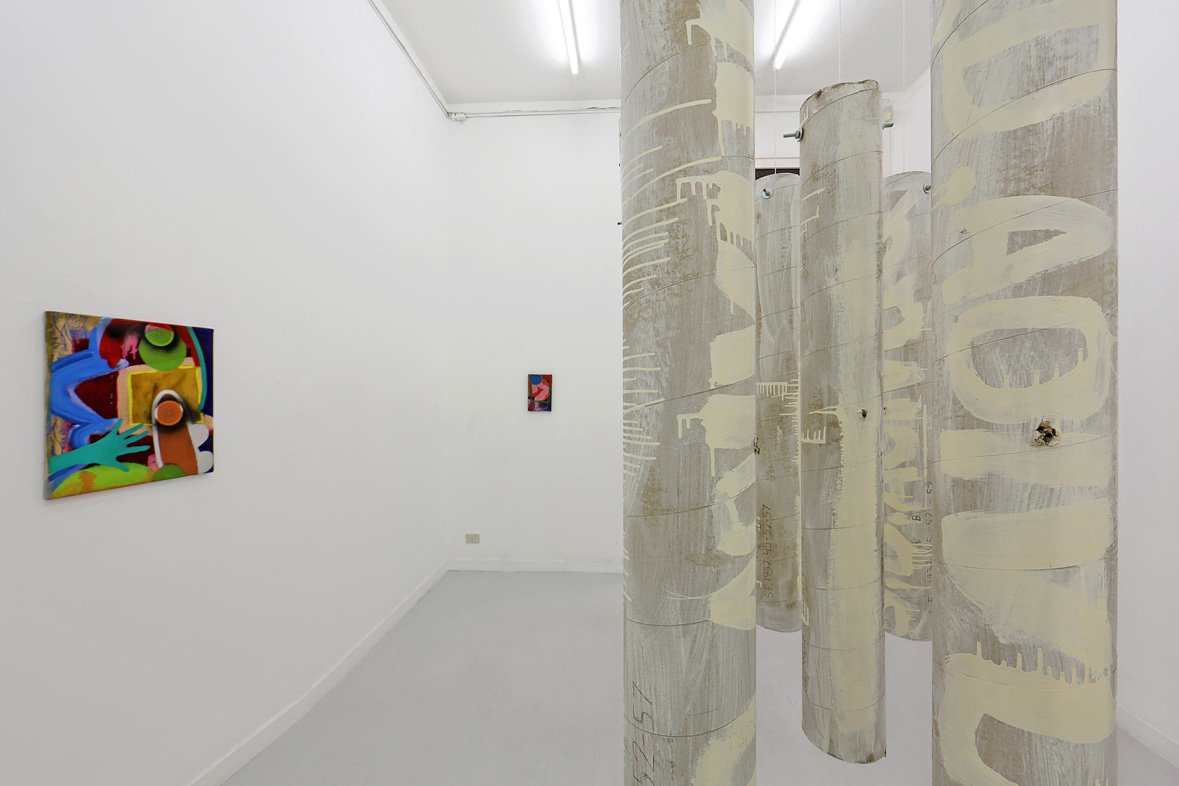
Stano Filko, Kiki Kogelnik, 2015
Installation view
Lira Gallery, Rome
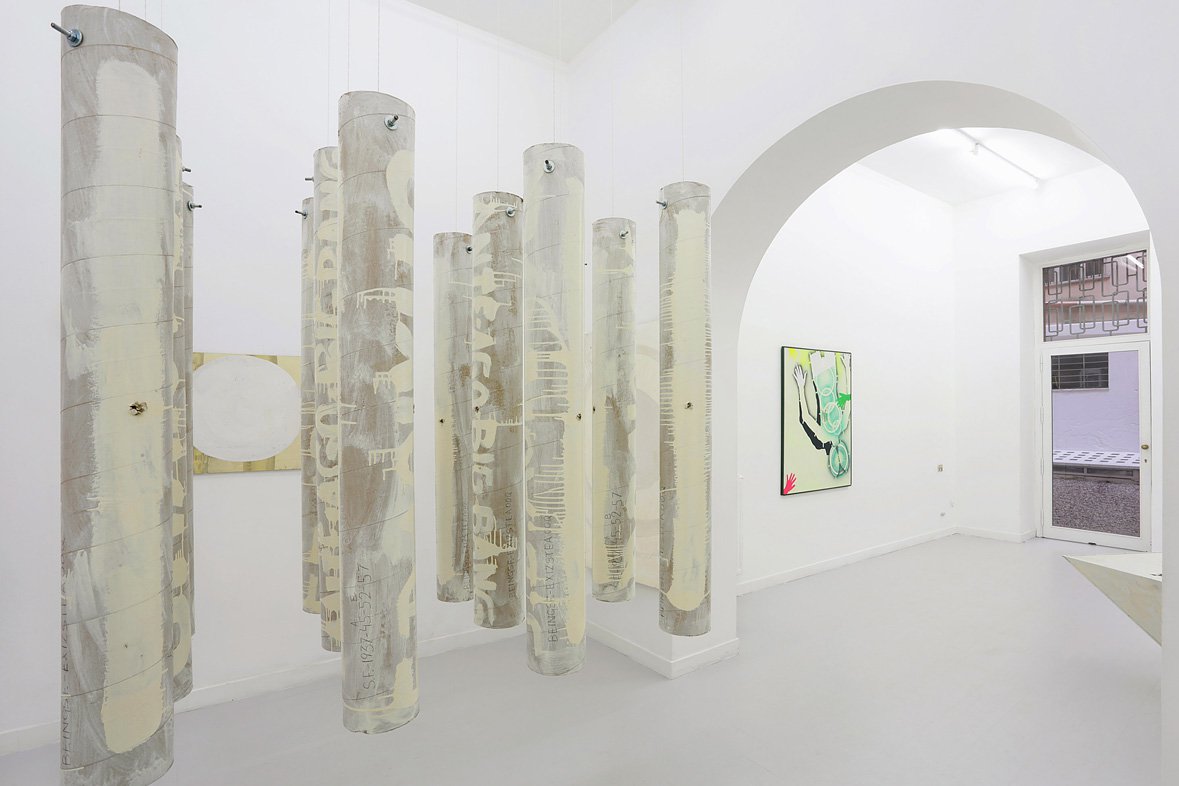
Stano Filko, Kiki Kogelnik, 2015
Installation view
Lira Gallery, Rome
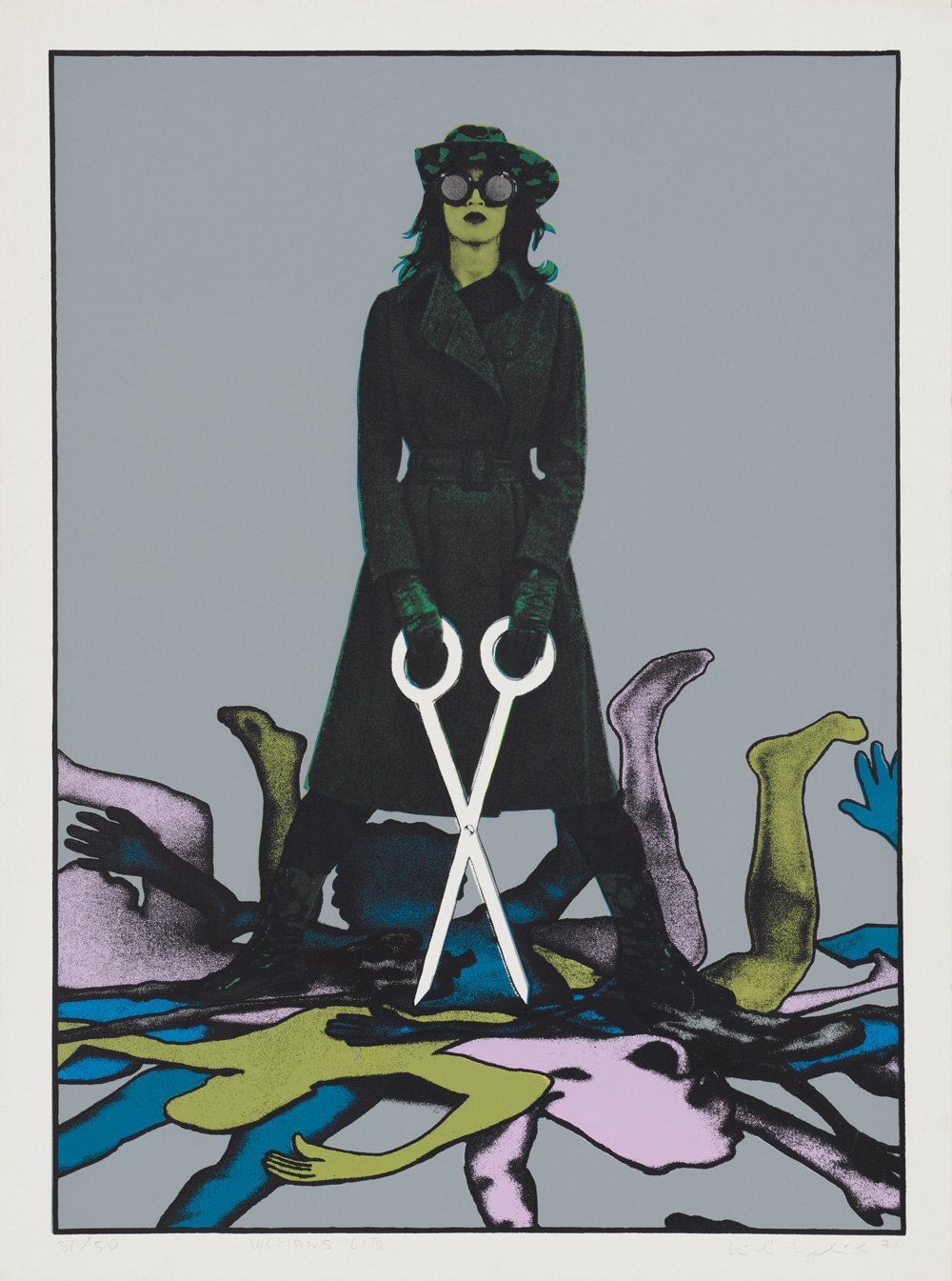
Kiki Kogelnik
Woman lib, 1971
Silkscreen on paper
76.1 × 56.7 cm
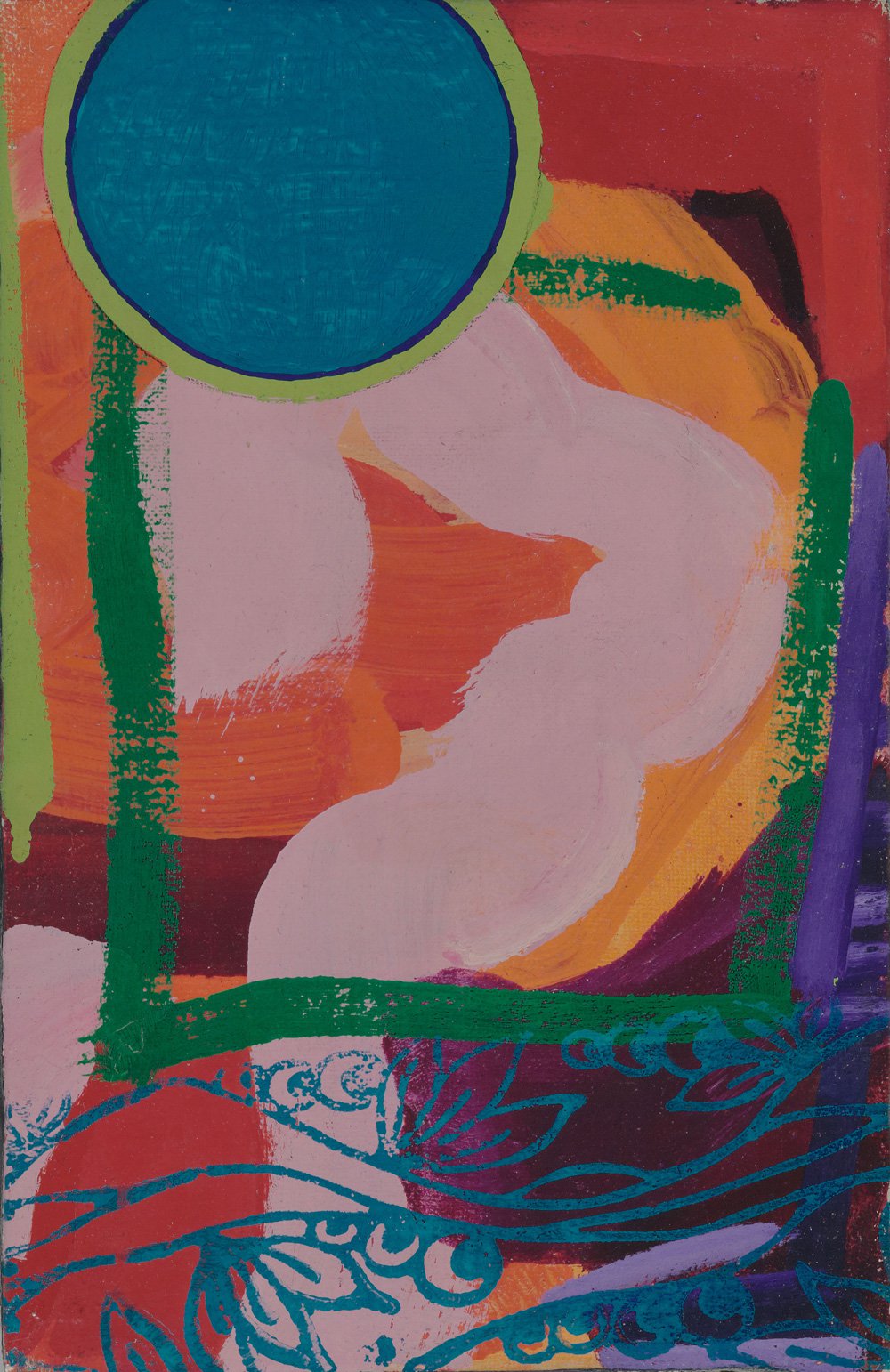
Kiki Kogelnik
Untitled, 1964
Oil on canvas
30.9 × 20.1 cm
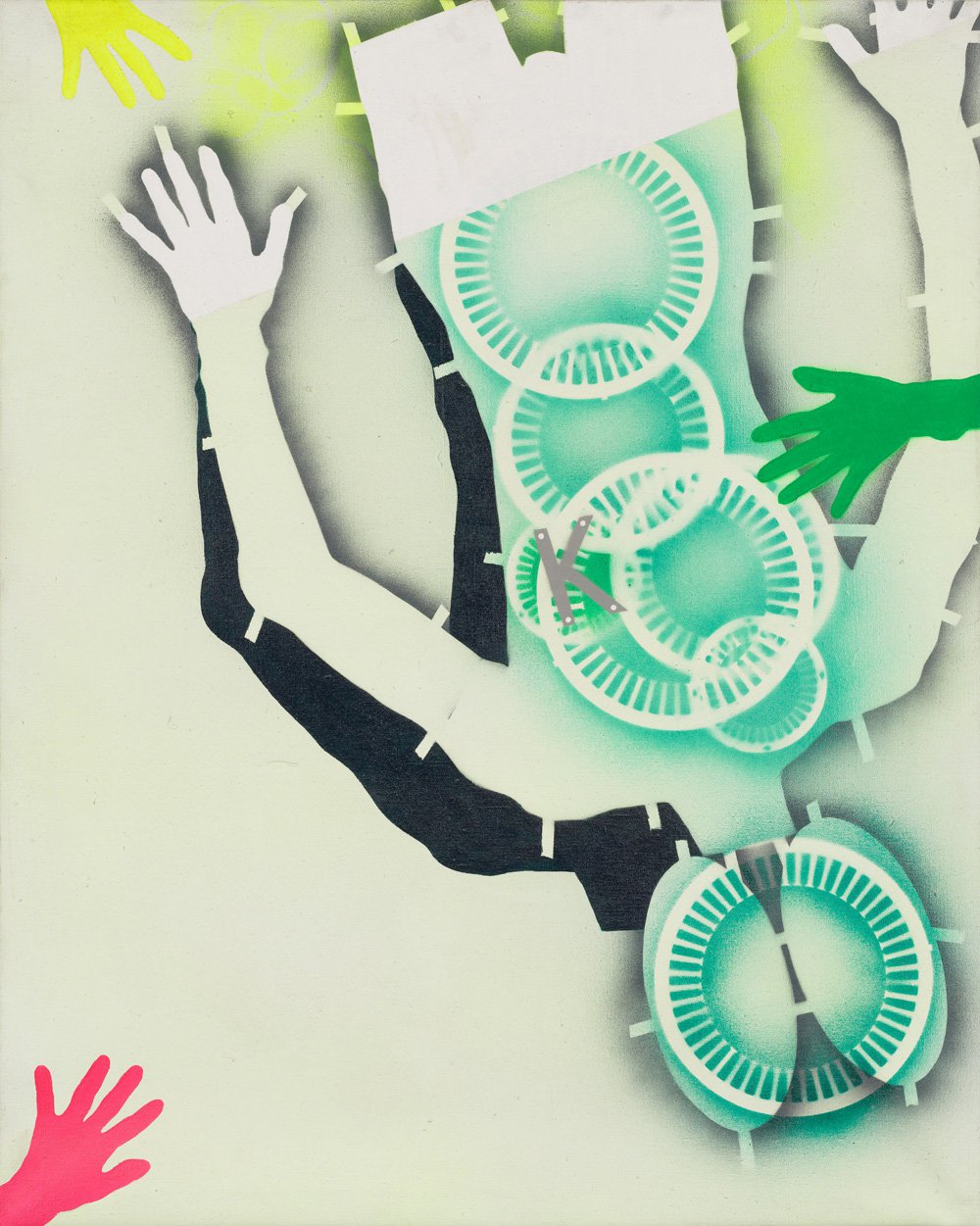
Kiki Kogelnik
Ikarus, 1964
Oil and acrylic on canvas
104.2 × 128.9 cm
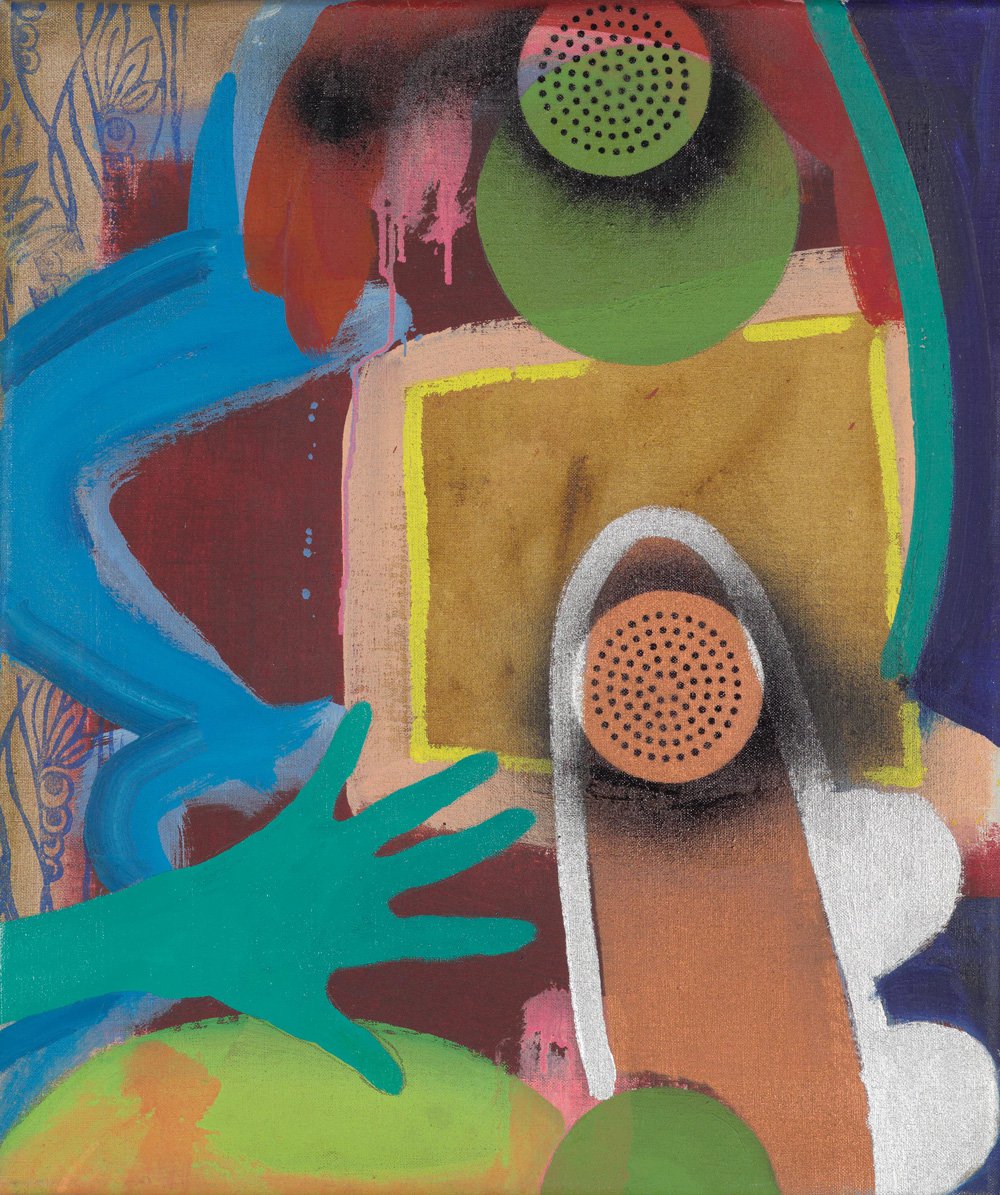
Kiki Kogelnik
Untitled
Oil on canvas
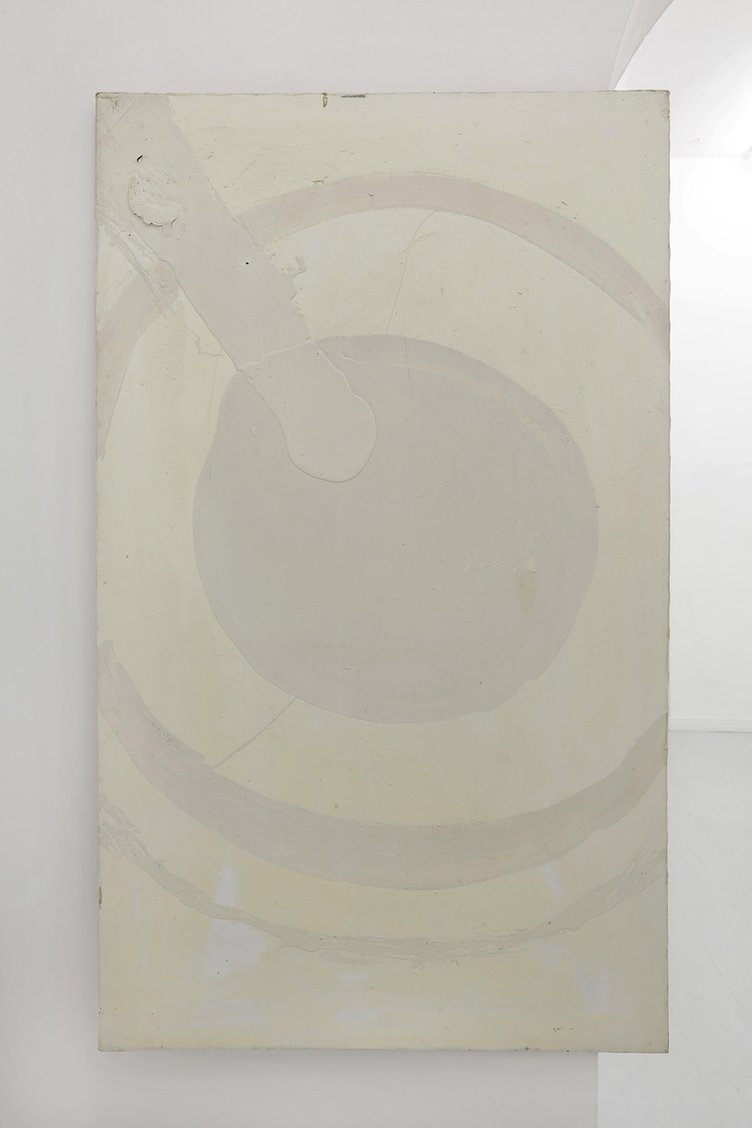
Stano Filko
White Circle
Acrylic and enamel on linen
152 × 91cm
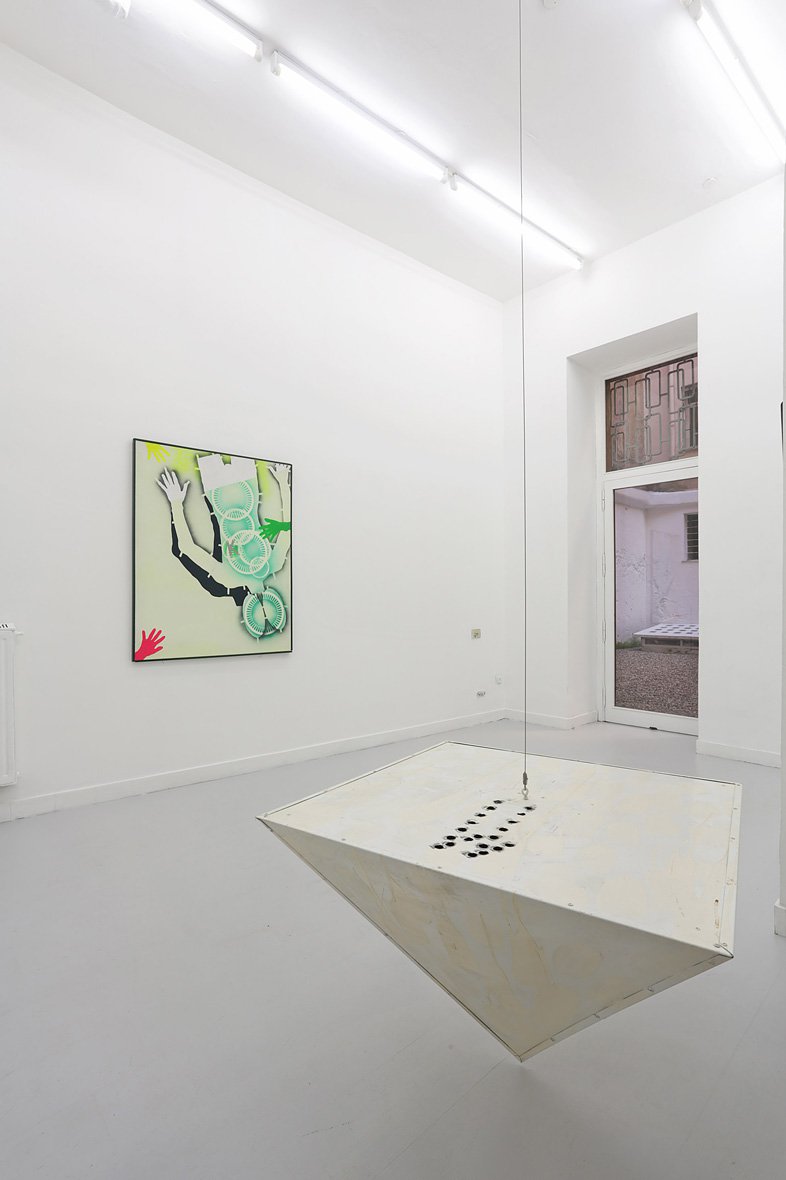
Stano Filko, Kiki Kogelnik, 2015
Installation view
Lira Gallery, Rome
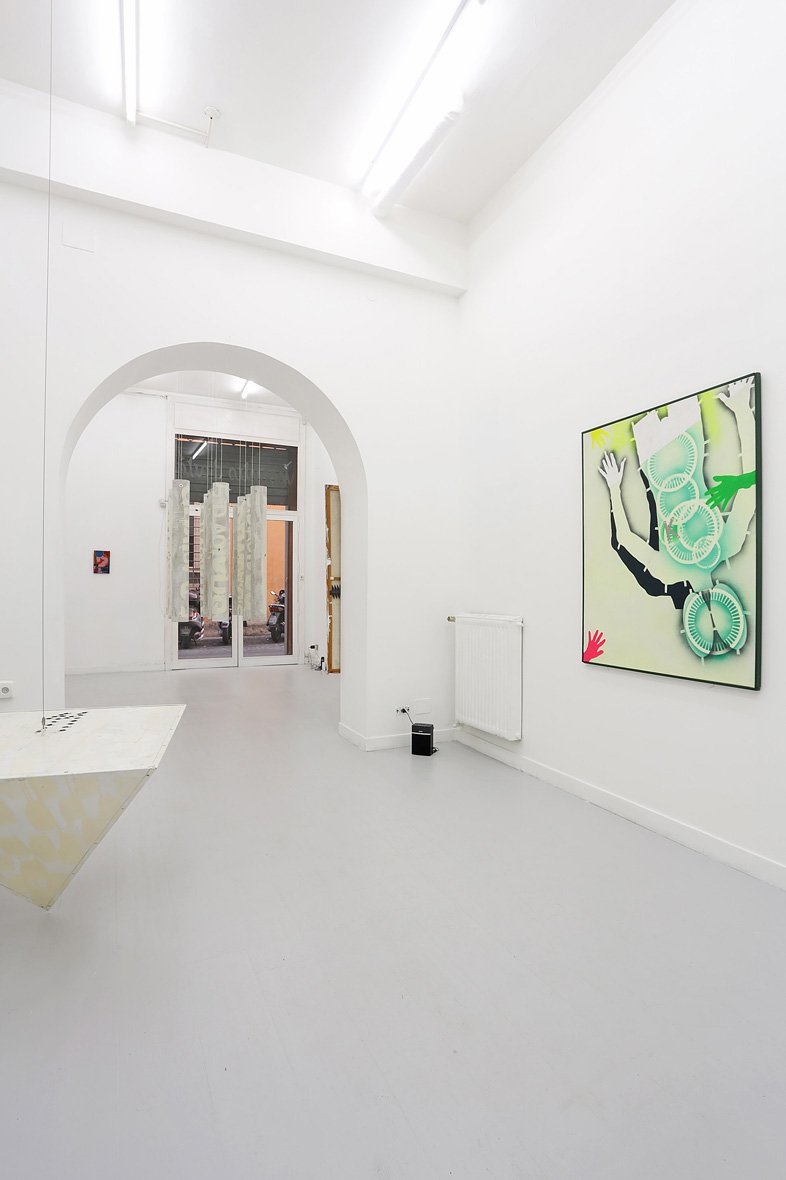
Stano Filko, Kiki Kogelnik, 2015
Installation view
Lira Gallery, Rome
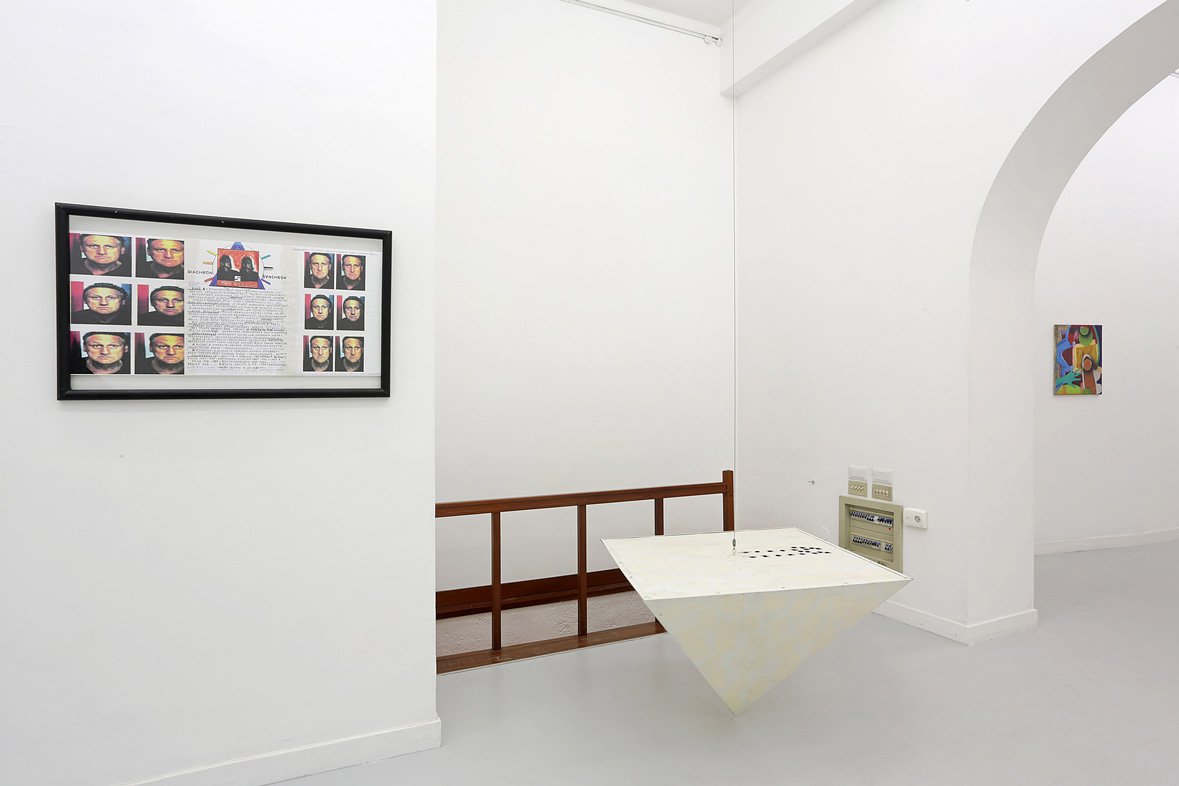
Stano Filko, Kiki Kogelnik, 2015
Installation view
Lira Gallery, Rome
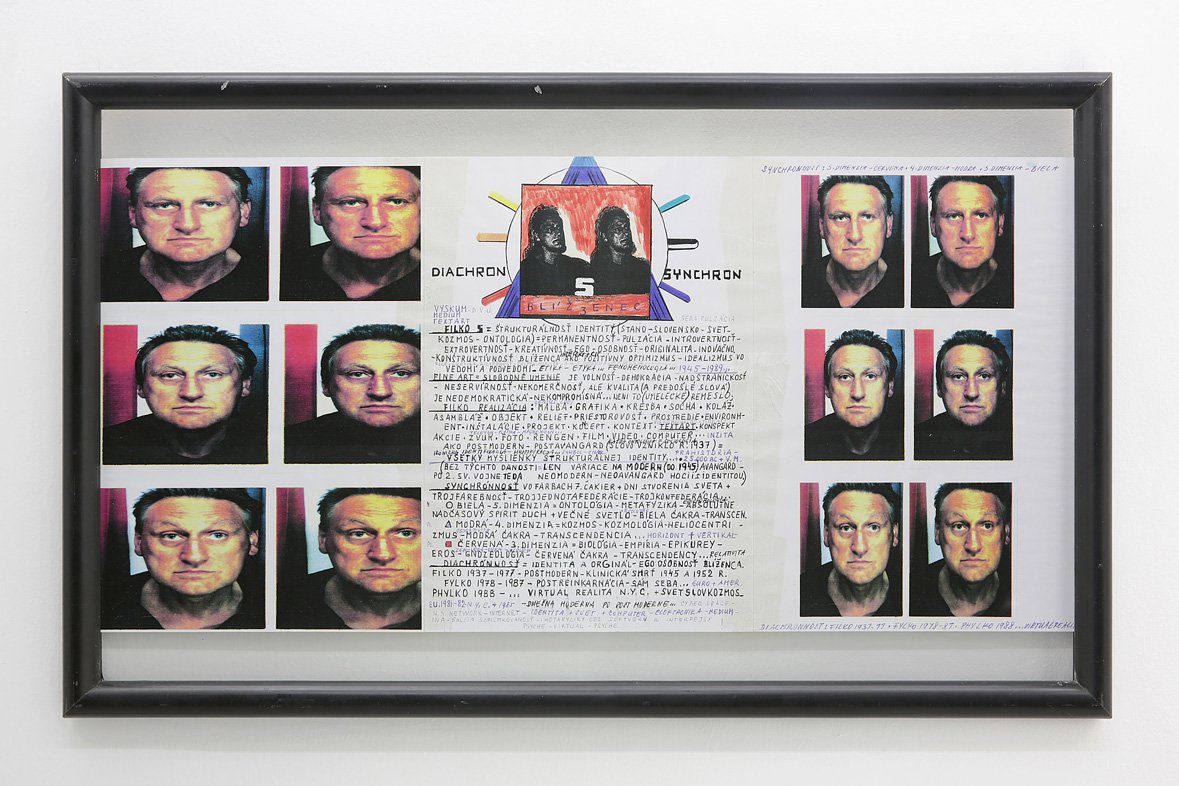
Stano Filko
Self-portraits
Felt tip on photo copy, acrylic, wooden frame
57 × 95 × 35 cm
In this exhibition of works by Stano Filko (1938-2015) and Kiki Kogelnik (1935-1997), Lira Gallery pays tribute to two outstanding positions within Central European art of the recent decades, whose respective developments were accomplished, at times, on the outskirts of the general course of art history.
Despite their different biographical origins, just across the Iron Curtain from one another, both were primarily invested in the widespread concerns of Nouveaux Réalisme. Kogelnik was a native Carinthian who studied sculpture and painting in Vienna where expressive-gestural French Informel was still stylistically influential, before relocating to New York in 1962. There her acquaintance with prominent Pop Artists such as Roy Lichtenstein, along with general enthusiasm for the rampant technological progress of the 60s – particular space travel – gave critical momentum to her existing approach. Her painterly integration of abstract shapes and everyday figurative elements saw the introduction of several stylistic motifs: floating stenciled figures with abstract modification reminiscent of implant, stray body parts and various symbols on backdrops of gridded or dispersed polka dots, lending the exuberantly colorful imagery a cool, techno vibe characteristic of Kogelnik’s distinctive Space Art variant of Pop Art.
Around the same time in Bratislava, North Slovakian Stano Filko was enacting an even more radical contribution to reality as the direct subject of art. For his 1965 Happsoc-Manifesto (a linguistic conjunction of Happening and Society) he performed a sweeping gesture of appropriation and in a critical expansion of Duchampian strategy claimed the entire city his readymade artwork. However, during the deterioration of the political climate in Czechoslovakia following the violence of the Prague Spring, Filko’s work in the early 70s took a metaphysical turn of sorts. In 1973-74, together with Miloš Laky and Ján Zavarsky, he composed the White Space in a White Space manifesto, which set the foundation for a series of actions, installations and objects centred on the simple act of applying white paint on a white ground, to which Filko ascribed broad symbolic significance. The works enter into a reality of displaced context, and form a mental space determined by infinity, emptiness and immateriality. The colour white becomes both medium and subject of a mystical-transcendent art experience. With its emphasis on the immaterial, Filko’s seemingly escapist exacts reorientation into the metaphysical, which subsequently increased, carried implicit criticism of Marxist philosophy and therefore had a politically subversive dimension. During the 70s, influenced particularly by Eastern schools of thought, Filko carved out a complex artistic system of meaning which observed a cosmology governed by its own laws, that along with the colour white, dominated many of his later works. As conceptual art was at its peak, not least with its concerns of the de-individualisation of artistic production, Filko was expressing a contrary „forced subjectivisation“ that meant his work sidestepped any clear allocation within the major art-historical developments of both East and West.
The early 70s also brought a turning point for Kiki Kogelnik. Following the technological euphoria of the 60s, political concerns – particularly the women’s movement – came to the fore in terms of image content. Seemingly staunch staged self-portrayals with monumental scissors emerged alongside „Frauenbildern“ – painted montages of clichéd female figures posed in the standard repertoire of the fashion world and symbolically charged motifs of animals and tools, all explicitly flaunting their stereotypes. In a decade marked by a general decline in the importance of painting, Kiki Kogelnik’s political content – relatively uncommon to the medium – represents somewhat of an anomaly, and furthermore her characteristic interplay between monochrome and patterned color fills, anticipated the postmodern aesthetics of the 80s and the Neue Wilde.
Both the work of Stano Filko and Kiki Kogelnik can be seen in terms of a counterflow, not quite in sync with the wider art-historical development of their time, so that maybe in the context of these two artists, we can apply that excessively used term Avant-garde just one last time.
Text by Maximilian Geymüller